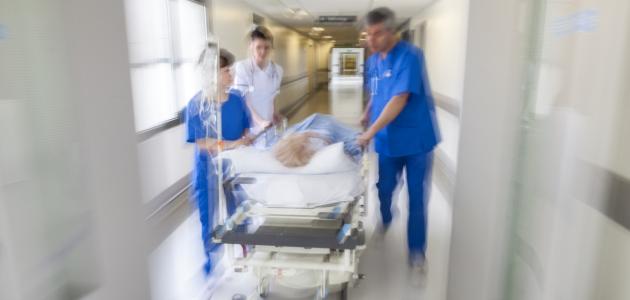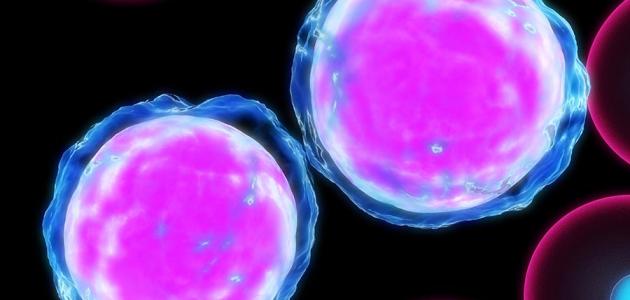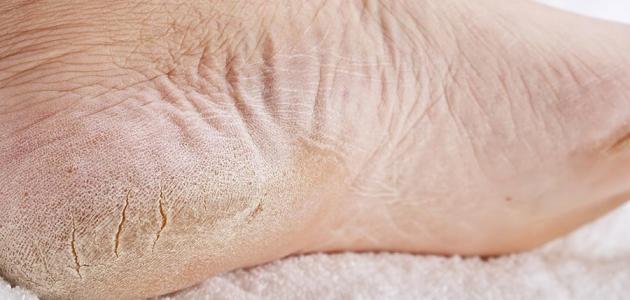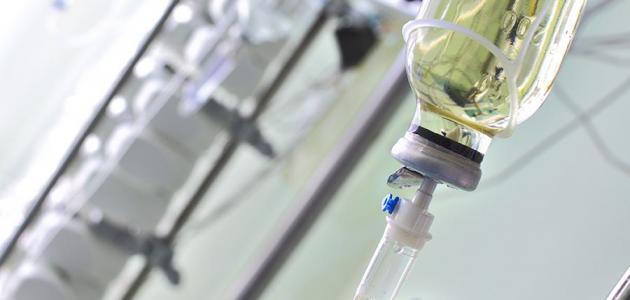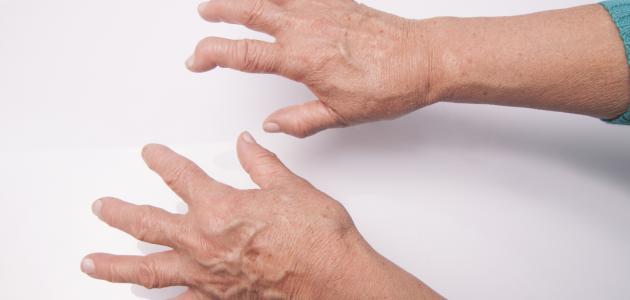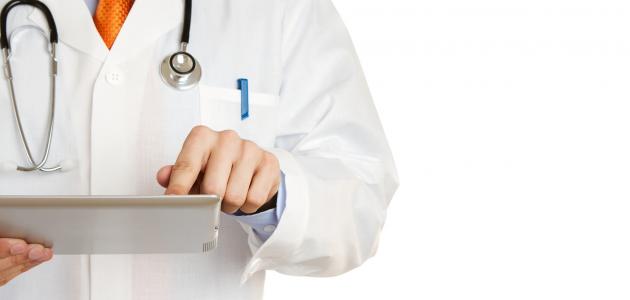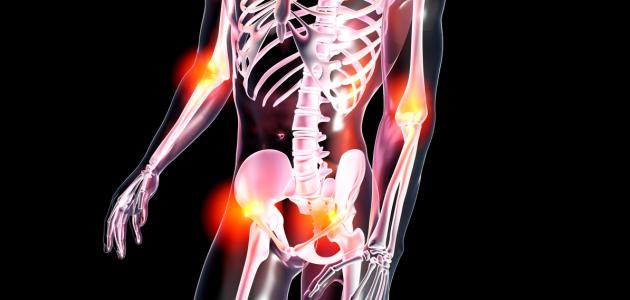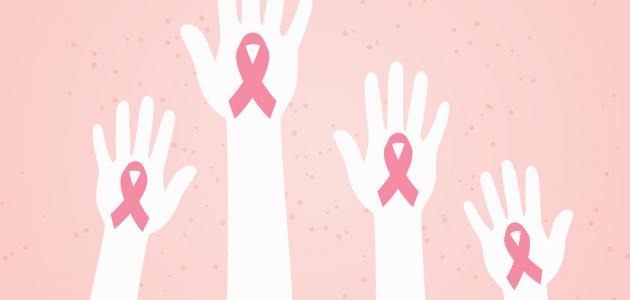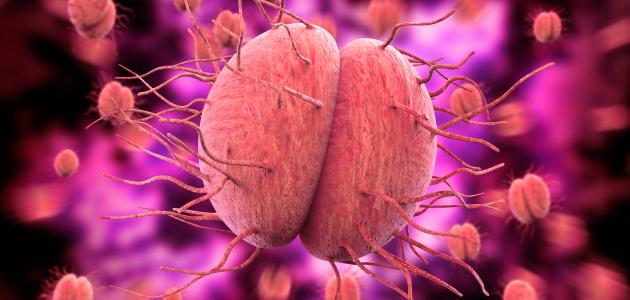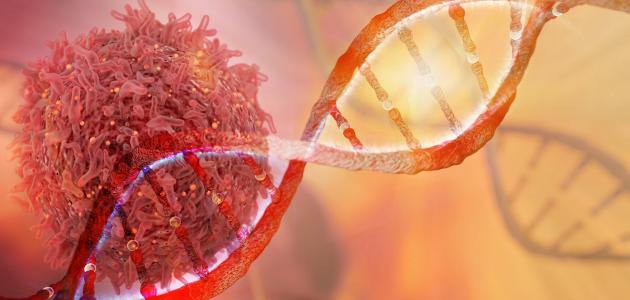Contents
Schistosomiasis
Schistosomiasis is the second most common tropical disease in the world after malaria , and the disease is mainly spread in developing countries in Africa, Asia and South America. Schistosomiasis is caused by infection with parasitic worms of the genus Schistosoma. The immature larvae of these worms live in fresh water, and when someone swims in it, they enter his body by attaching to the skin, penetrating it, and moving in the body until they reach the blood vessels leading to the liver. Where these parasites lay their eggs. It is believed that the acute and chronic symptoms of schistosomiasis are mainly due to the body's intense immune response to eggs and their transmission through many tissues in the body. Complications such as an enlarged liver are also believedBladder cancer is caused by long-term exposure to highly antigenic eggs. [1]
Treating schistosomiasis
The following medicines can be used in the treatment of schistosomiasis, and the following is an explanation: [1] [2] [3]
- Praziquantel: This is an effective medication against adult worms, while effective against eggs is less mature worms. Therefore, timing of treatment is important. For travelers, treatment should be given at least 6-8 weeks after exposure to potentially contaminated water to ensure these worms reach and mature. Treatment with this drug is simple. The patient needs to take the drug for one day only, and the appropriate dose is determined depending on the weight of the patient. This drug causes the worms to quickly break down and break down , allowing the immune system to attack them.
- Corticosteroids: Corticosteroids can be used in conjunction with praziquantel to relieve acute symptoms of schistosomiasis, and symptoms caused by infection if it damages the brain and nervous system .
Prevention of schistosomiasis
In fact, there is no special vaccine to prevent infection with schistosomiasis. Therefore, people who live in areas where schistosomiasis has spread or who travel to these areas are advised to follow a set of procedures, and these measures include the following: [4] [5] [3]
- Avoid swimming in fresh water in which these fungi may live, such as swamps, rivers , and lakes, in countries where schistosomiasis is common, while swimming in oceans and seas and in chlorinated swimming pools is considered safe.
- Drinking safe water , although schistosomiasis is not transmitted by swallowing water contaminated with fungi, it is transmitted through the skin only, but it can be transmitted through contact with water that contains parasites with the mouth or lips. Water coming directly from canals, lakes, rivers, streams or springs may be contaminated with a variety of infectious organisms, so the water should be boiled for one minute before drinking it. It is worth noting that treating water with iodine alone does not make the water safe and free of parasites.
- Boil the water used for bathing for one minute to kill parasites, and cool it before bathing.
- Dry towels thoroughly after occasional and brief exposure to water to prevent schistosomiasis from penetrating the skin. However, this method should not be relied upon alone to prevent schistosomiasis.
- Wear waterproof pants and shoes when crossing a stream or river.
- Avoid purchasing locally sold medicines that are promoted to treat or prevent schistosomiasis. It is often counterfeit and ineffective, or substandard, or not given in the correct dose.
- Drying the skin quickly with a towel after getting out of contaminated water is not a reliable way to prevent infection, but it may be considered a good thing after accidental exposure to water that may be contaminated with parasites.
- Apply an insect repellant that contains 50% of the substance diethyl-meta-toluamide-DEET after showering every night to exposed body areas, as studies indicate that it can kill the parasite on the surface The skin before it penetrates the skin and is transferred to the body.
Symptoms of schistosomiasis
Most people with schistosomiasis do not have symptoms for months or even years. In general, symptoms and signs that appear on people with schistosomiasis can be divided into the following: [3]
- Symptoms and signs of acute schistosomiasis: These symptoms appear within several weeks of infection, then they soon begin to fade within a few more weeks, and despite this, the person should take appropriate treatment to eliminate the schistosomiasis parasite and prevent its survival in the body to avoid long-term complications Examples of these symptoms include:
- The temperature rises above 38 degrees Celsius.
- Itching, red rash.
- Cough and diarrhea.
- Suffering from abdominal, muscle, and joint pain.
- Feeling of malaise and general fatigue.
- Symptoms and signs of chronic schistosomiasis: Some patients may develop complications and health problems in the different parts of the body to which parasite eggs have been transferred, and in general the symptoms of chronic schistosomiasis can be divided according to the affected body parts as follows:
- Digestive symptoms: Schistosomiasis can cause anemia , abdominal pain and bloating, diarrhea , and blood in the stool.
- Urinary system symptoms: including bladder irritation and inflammation , pain when urinating, frequent need to urinate, and blood in the urine .
- Heart and lung-related symptoms: including persistent cough, shortness of breath , and coughing up blood.
- Symptoms of the nervous system or the brain: including seizures Aelchenjip , headache, weakness and numbness in the legs, and dizziness.
References
- ^ A b "Schistosomiasis" , Www.medicinenet.com , Retrieved 28-4-2018. Edited.
- ↑ "Parasites - Schistosomiasis" , www.cdc.gov , Retrieved 28-4-2018. Edited.
- ^ A b t "(Schistosomiasis (Bilharzia" , Www.nhs.uk , Retrieved 28-4-2018. Edited by .
- ↑ "status of Schistosomiasis endemic countries: 2016" , apps.who.int , Retrieved 28-4-2018. Edited.
- ↑ "Parasites -Schistosomiasis: prevention and control" , www.cdc.gov , Retrieved 28-4-2018. Edited.
